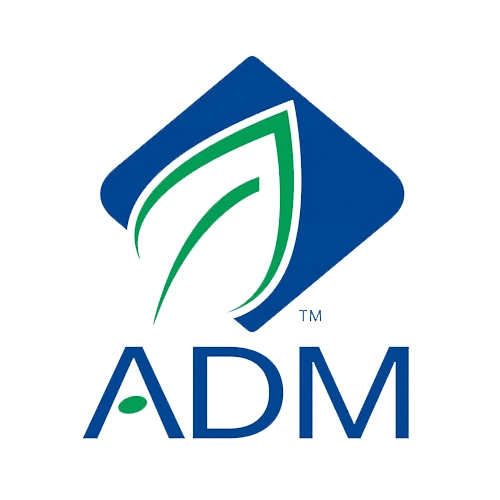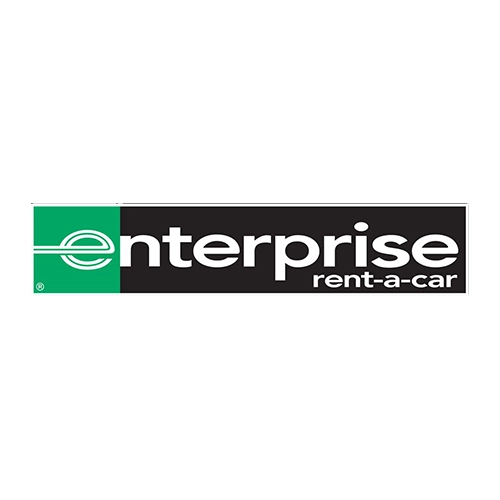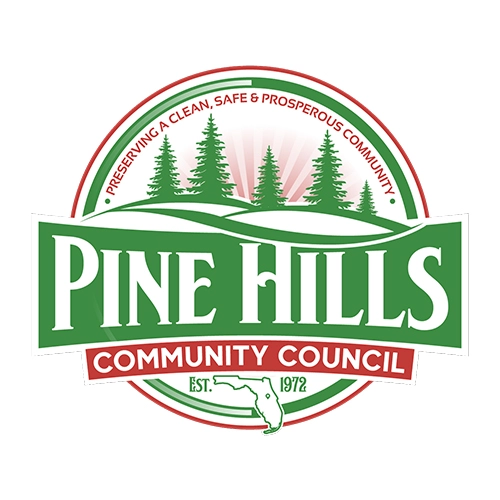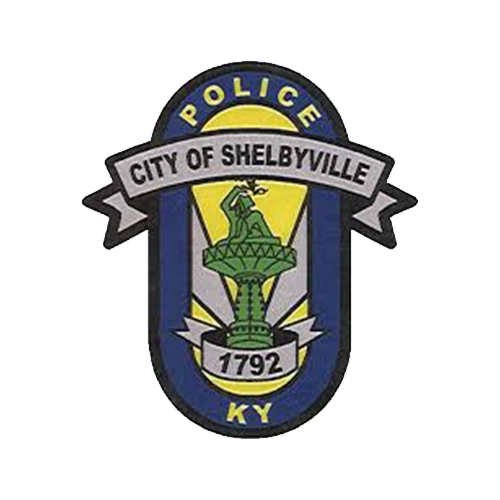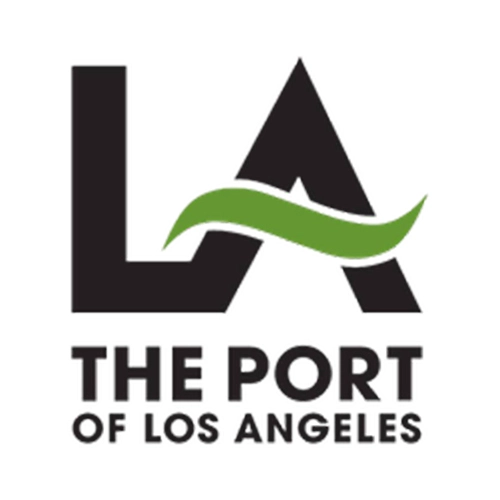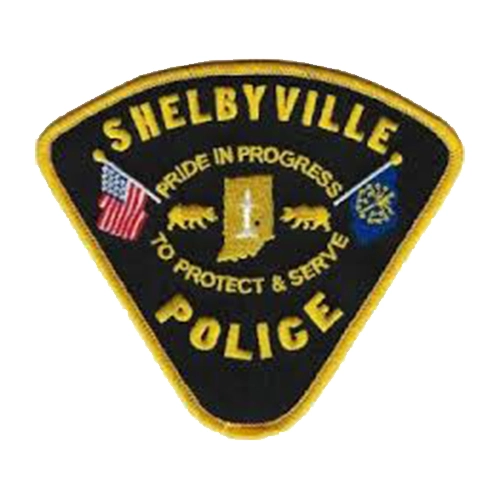
HOW TO MAINTAIN SPEED LIMITS IN NEIGHBORHOODS
Residents in neighborhoods face a serious threat to their safety and well-being from speeding cars. To provide a safe environment where pedestrians, children, and other vulnerable road users can feel secure, proper speed restrictions must be established and enforced. In this blog, we will discuss practical methods for preserving speed restrictions in residential areas, emphasizing the value of community involvement, education, enforcement, and infrastructure upgrades. We can prioritize safety and build liveable neighborhoods for everyone by being aware of and putting these crucial elements into practice.
Understanding The Importance of Speed Limits in Neighborhoods
A key strategy for improving safety on residential streets is the establishment of speed limits. They define the top speed limits for cars, lowering the possibility of mishaps, injuries, and fatalities. Speed limits take into account the state of the roads, foot traffic, and facilities close by. Drivers may safely and responsibly navigate speed limits in neighborhoods. Lower speeds improve vision, reaction times, and accident severity. To foster a sense of security among locals and an atmosphere where pedestrians, bicycles, and vehicles may cohabit peacefully, it is imperative to establish proper speed restrictions.
Establishing appropriate Speed Limits
It is important to carefully evaluate several issues while setting suitable speed limits. Comprehensive speed limit studies are carried out by traffic engineers in coordination with local authorities to evaluate road characteristics, traffic patterns, and community needs. These studies aid in determining the best speeds for neighborhood streets. The design of the road, pedestrian traffic, and local amenities are all taken into consideration. Communities can set speed limits that put safety first and take into account the particularities of each neighborhood by using a data-driven approach.
Education and Awareness
The preservation of neighborhood speed limits depends heavily on education and public awareness. Public education initiatives educate the public about the dangers of exceeding speed restrictions. Educational programs target children, pedestrians, and drivers to encourage responsible behavior on the roadways. To promote safe and responsible driving, local organizations, neighborhood associations, and schools work together. Communities may establish an atmosphere where all road users appreciate the importance of speed restrictions and actively contribute to a safer neighborhood by cultivating awareness and understanding of culture.
Effective Enforcement Measures
To guarantee that speed limits are followed, enforcement is necessary. Through visible patrols, speed cameras, and radar equipment, law enforcement authorities play a crucial role in preventing speeding behavior. Neighborhood patrols regularly make a visible presence and discourage drivers from exceeding the posted speed limit.
Technology advances allow for precise speed monitoring and detection, which aids in efficient enforcement activities. The significance of observing speed limits is further underscored through targeted enforcement initiatives in troubled regions. Speeding will not be condoned, and authorities may contribute to safer neighborhood streets by consistently and equitably enforcing speed restrictions.
Enhancing Infrastructure for Speed Management
Infrastructure upgrades can have a big impact on how people drive and assist in maintaining the speed limit in place. Effective ways to slow down traffic in residential areas include speed bumps, chicanes, and raised crosswalks. Narrower lanes and marked signs encourage slower speeds and raise driver awareness. Increased visibility and a stronger emphasis on the need for slower speeds are provided by well-lit streets, properly designated crosswalks, and signage indicating the presence of pedestrians. Investment in infrastructure upgrades shows a commitment to safety and encourages motorists to obey speed limits, resulting in a safer environment for all locals.
Community Involvement and Neighborhood Programs
Maintaining speed restrictions in neighborhoods depends heavily on community involvement. Residents can monitor speeds, report breaches, and work with local officials through neighborhood watch programs to address speeding issues. Residents can collaborate to spread awareness, promote safer streets, and suggest traffic-calming efforts by interacting with the community. Events and workshops can be organized by neighborhood groups and local organizations to inform residents about the value of following speed limits and other safe driving practices. Neighborhoods may build a culture of following speed limits and promoting a safer environment for everyone by encouraging a sense of ownership and responsibility among residents.
Regular Speed Limit Assessments and Adjustments
Regular evaluations and modifications are required to guarantee that speed limits are effective. To take into account changes in traffic patterns, road conditions, and community needs, traffic engineers and local authorities should frequently evaluate speed restrictions in neighborhoods. Decisions about prospective speed limit adjustments can be made using the data-driven methodology. Speed restrictions can be swiftly changed to reflect changing neighborhood characteristics by working together with traffic experts and community partners. Regular evaluations help preserve the effectiveness and relevance of speed limits, resulting in safer roads for locals and visitors.
Conclusion
To ensure the safety and well-being of locals, neighborhoods must maintain reasonable speed limits. Communities may develop a climate where speed restrictions are recognized and adhered to by emphasizing education, enforcement, infrastructure upgrades, community involvement, and frequent assessments. Drivers, walkers, and cyclists all help to build livable and secure communities when they obey speed restrictions. Residents, local government officials, and traffic engineers must all work together to prioritize safety, increase awareness, and put effective plans in place that uphold speed limits and encourage a responsible driving culture. By doing this, we can create communities where everyone can prosper and live their lives in safety and security.
FAQ’s
Q.1 What are the different types of speed limits commonly enforced in neighborhoods?
Ans: Speed limits in neighborhoods can vary, but common types include 25 mph (40 km/h) as a general residential speed limit and 15 mph (24 km/h) in school zones.
Q.2 What technologies are used for speed limit enforcement in neighborhoods?
Ans: Technologies such as speed cameras, radar guns, and automated speed enforcement systems are commonly used for speed limit enforcement in neighborhoods.
Q.3 How do traffic engineers determine appropriate speed limits for different types of neighborhoods?
Ans: Traffic engineers consider various factors such as road design, traffic volume, pedestrian activity, and surrounding land use when determining appropriate speed limits for different neighborhoods.
Q.4 Are speed limits the same in all neighborhoods?
Ans: Speed limits can vary from one neighborhood to another based on factors like road conditions, the presence of schools or parks, and local regulations. It is important to be aware of the specific speed limits in each neighborhood.
Q.5 Do speed limits change at different times of the day?
Ans: In some cases, speed limits may change at different times of the day, particularly near schools or in areas with heavy pedestrian activity. Temporary speed limits may also be implemented during construction or special events.
Q.6 What are some common consequences of exceeding speed limits in neighborhoods?
Ans: Exceeding speed limits in neighborhoods can result in fines, penalties, an increased risk of accidents, and the endangerment of pedestrians and other road users. It is important to respect and adhere to speed limits for everyone’s safety.







